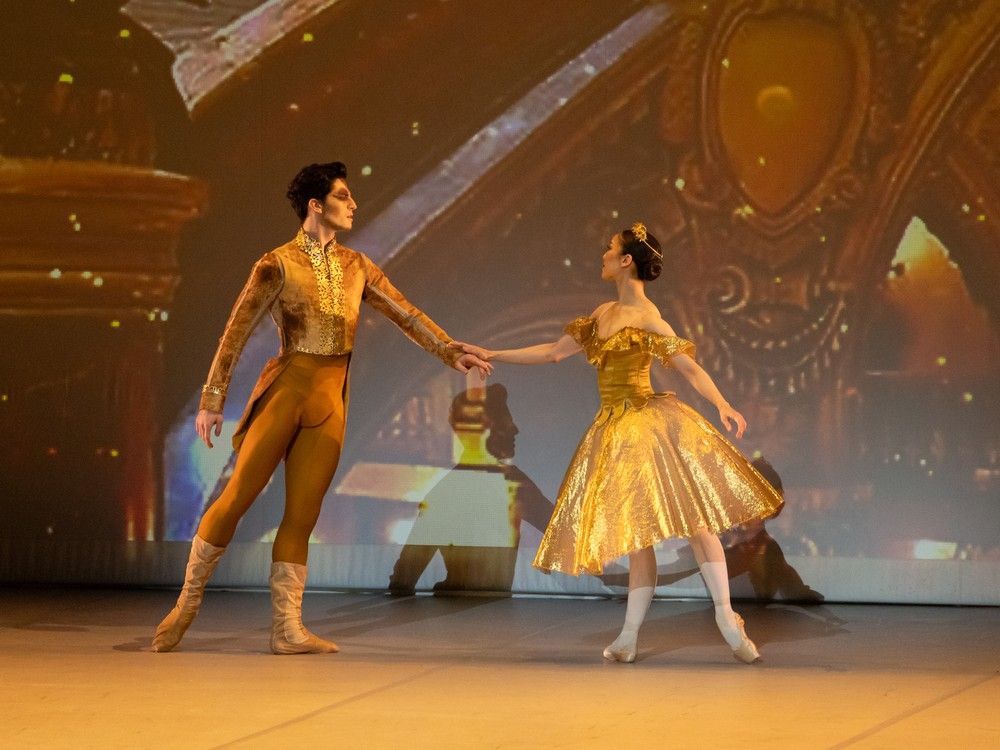Marvel’s The Avengers dubbed in Lakota language

Lakota speakers can enjoy one of the most iconic superhero films, The Avengers, in their own language.
The Lakota dubbed version of the movie was a collaborative project between Marvel Studios, the Lakota Language Reclamation Project and Grey Willow Studios and premiered on Disney+ earlier this summer.
Executive producer Lawrence Archambault founded and owns Grey Willow Studios in Standing Rock, N.D., where the dubbed version was recorded.
As a child he said he spoke the language but over time he’d forgotten what he knew. But after spending over 200 hours with the people who produce the Lakota version helped him reconnect with the language.
“I didn’t expect all of the learning that came out of this project,” Lawrence said. “It felt so good to actually be able to listen [to the speakers] as they conversed and them figuring out different words.”
WATCH | Mark Ruffalo discusses Lakota dubbed Avengers movie with project participants:
https://www.youtube.com/watch?v=v=r_pPfp7lnIM
For executive producer Cyril “Chuck” Archambault — who voiced Hawkeye in the Lakota dub — creating a Lakota language version of the 2012 movie was a movement to reclaim their language.
“This wasn’t about fame; this wasn’t about making somebody become big time,” he told CBC Indigenous.
“This was about reclaiming our language and taking back what’s ours; putting the language back into the homes of our people.”
Chuck met “Hulk” actor Mark Ruffalo in 2016 during protests in Standing Rock, ND. and the pair maintained a strong relationship, which eventually led to the creation of the Lakota dubbed Avengers movie.
Ray Taken Alive is an executive producer from the Lakota Language Reclamation Project and voiced Captain America. He said part of the motivation for creating the dubbed film was to blend the Lakota language with something the kids love, as a way to pass it to them.
“We talk about the beauty of our language, the importance, the philosophy of our language, all of those things, but at the end of the day, kids are kids,” he said.
“One thing we noticed during Halloween is, there would be about seventy, seventy-five per cent of the kids that come and ask for candy are dressed up as Avengers.”

Taken Alive said the script went through three different translation processes; first he translated it word for word but because it was very literal, it was very long.
During the second translation process they timed out how long the translated version would run and compare it to the lines in the movie to see how close they were. If it was close, the translation was kept but some things had to be simplified or cut.
The third and final translations happened when the actors were in their booths recording their lines.
Taken Alive said some lines needed to be shortened or lengthened and other lines needed to be moved around because the Lakota language is structured differently than the English language.
The entire process, he said, was guided by elders — and those elders were in attendance at the premiere.

“The coolest experience out of all of it was they were at the premiere and they got to watch it the first time we showed the movie, and the elders were laughing, they were enjoying it,” he said.
“Some of them said it was the first time they were ever able to watch a movie in Lakota.”



